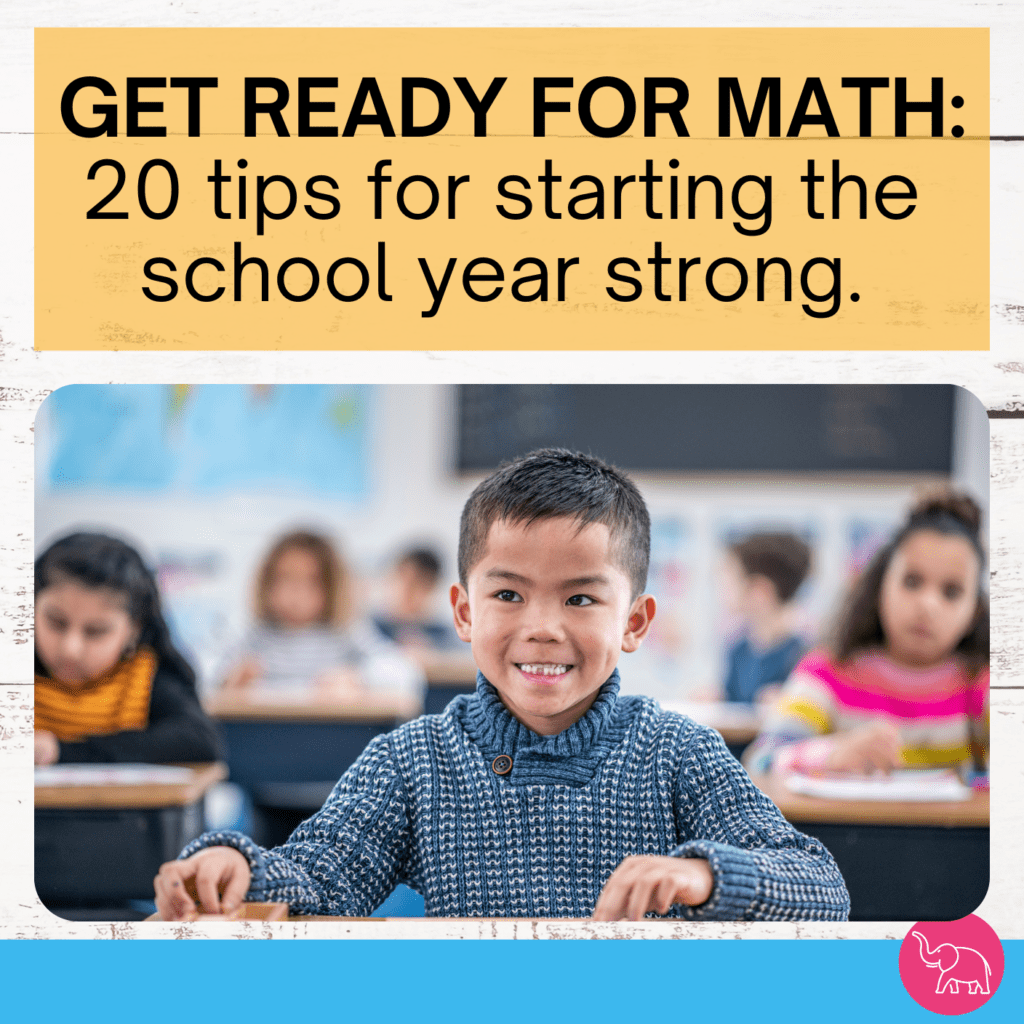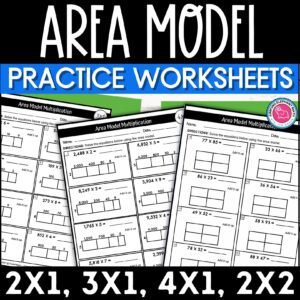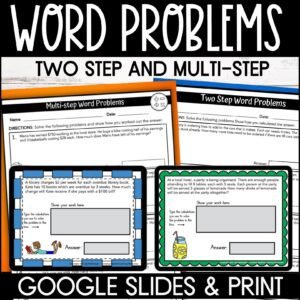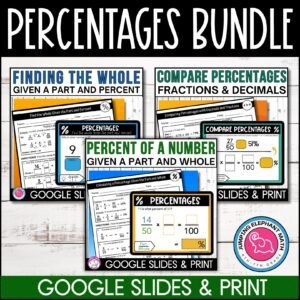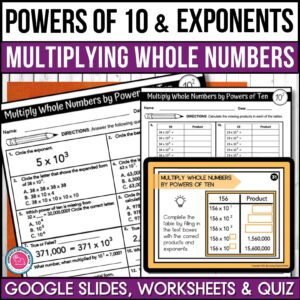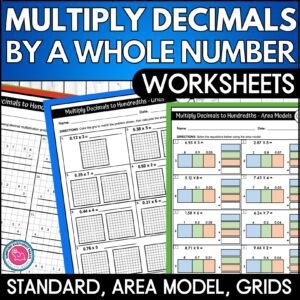It’s time to get ready for math in upper elementary! Back-to-school season can be an exciting yet stressful time for all teachers. The summer break is a time that I like to recharge energy levels however I also schedule time each week to prepare for the academic year ahead. I have found that this helps:
- Reduce stress
- Improve confidence
- Establishes a positive learning environment from the start.
- Ensure focus on quality instruction
- Create time to meet the needs of individual students.
Investing time and effort in preparation pays off in the long run and sets the stage for a successful and productive school year.
I find this checklist helpful as a guide for getting ready for the school year. However, every teacher’s situation is different, including mine. Some teachers might have already taken care of certain things on the list, while others might need to pay attention to specific areas.
The key is to use the checklist to identify areas needing additional preparation to get ready for math for your new class and have a successful year of teaching.
For a PDF DOWNLOAD of this checklist, please scroll to the end of the article.

- Review the math curriculum standards and objectives for your grade level.
- Review your current math manipulatives, games, centers and text books. What needs to be replaced or added?
- Schedules: Create or update unit plans and include breaks, federal holidays and state testing dates where known. Does your weekly schedule template need updating and – allocate math into your weekly schedule
- Design templates: Lesson plans and weekly plan for math lessons.
- Create or review your math lesson master copies. I organise my master copies in a binder by topic and standard. Ensure that each master copy has an answer sheet attached.
- Student data: Review student academic data for your new class and allocate groups for math centers or paired work (criteria could relate to: ability, learning style, behavioural needs or interests). Prepare your class data sheets. for example, assessment data and a data analysis sheet, grade levels, student profiles.
- Prepare an assessment binder containing rubrics, exit tickets, quizzes and projects to monitor student progress.
- Review and update your math homework activity binder. Do you have activities with answer keys for each topic? Do you have differentiated activities?
- Review your emergency sub plan binder for math. Create and file any missing topic/standard/objective/Group sub plans. Include items such as schedules, routines, student roster, key contacts and a welcome page.
- Check that your classroom technology for math instruction is working and any software updated and uploaded. Familiarize yourself with new technology.
- Consider how you will meet the diverse needs of your learners with enrichment programs and IEPs.
- Plan ahead: Prepare worksheet copies for the first two weeks of math lessons, along with math centers.
- Plan and prepare math icebreakers for the first week of school.
- Check math anchor charts and vocabulary labels for a word wall. Are there any missing? File these by topic, standard or grading period.
- Labelling: Student math books and binders (covers and spines), dividers, file cabinets/boxes.
- Ensure there is a full stock of graph, lined, square and plain paper.
- Create a space for a math display to showcase student work and create a display schedule.
- Plan for your own ongoing professional development needs in math. Are there areas that you feel you would benefit from additional training?
- Expectations in math: Review your rules and procedures for math instruction.
- Source pre-made resources to support differentiation in your class.
You can download a pdf version of this checklist here or by clicking on the image below.
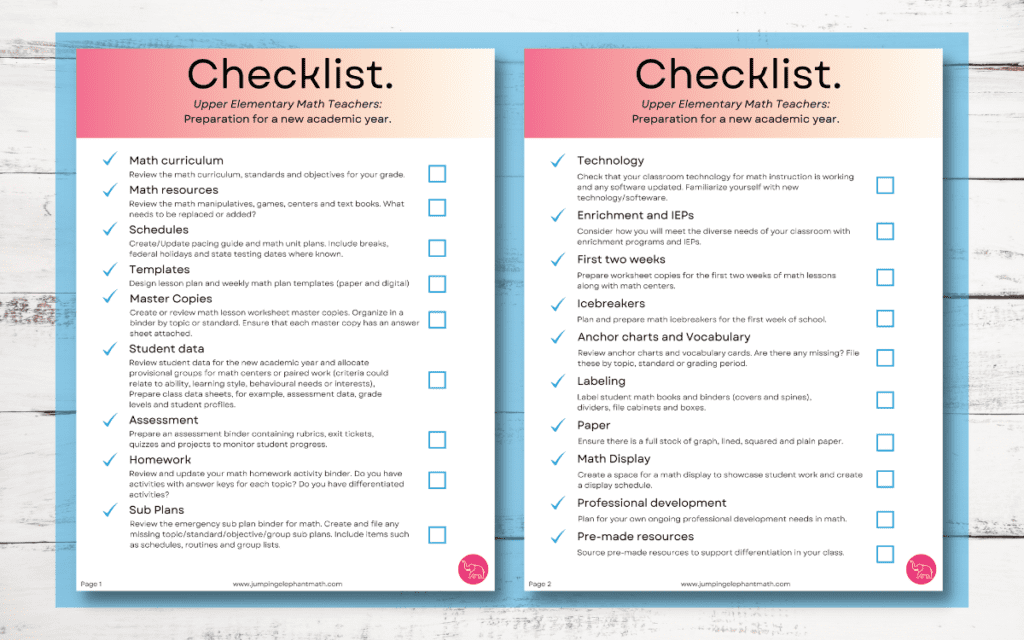
I hope this list has been helpful and remember to check out my store for pre-made resources that can assist you in preparing for the year ahead.

